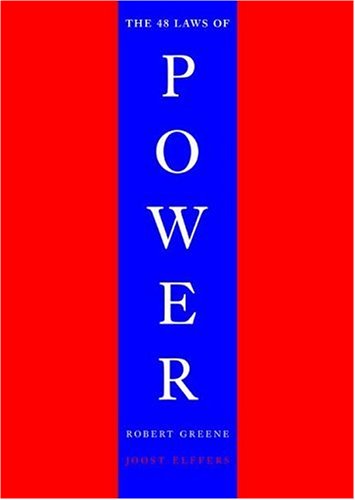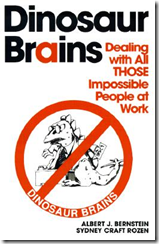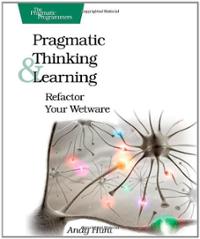Since a couple of months or so, the amount of time spent for my daily commute to and from work nearly tripled. I also decided to travel by train instead of using my car (which kind of explains the increase of my travelling time). So, trying to make the best of things, I decided to catch up on my reading backlog. For this blog post, I’m going to briefly discuss the books I’ve read so far.
1. The 48 Laws of Power
The 48 Laws of Power, written by Robert Greene, totally blew me away. I can’t remember where I picked it up or who brought this book to my attention, but kudos anyway. The basic premise of this book is that some strategies keep you in control, while other acts of human nature decrease your influence. This book isn’t necessarily about you gaining power over others, as it is more about actions that prevent others from manipulating or gaining control over you or your close environment. Every law is illustrated with real-life stories about historic figures and how their actions put them in a powerful position or how their mistakes drove them to a cliff.
I wish I had read this book many years ago, but better late than never, right? I’m definitely going to reread several portions of this book in the near future in order to get a better grasp of some these laws. I have to admit that sometimes, this book is a bit much when you read it for the first time.
2. Dinosaur Brains – Dealing with All Those Impossible People at Work
I had this book literally collecting dust on my bookshelf for several years now, so finally being able to read this book has been well overdue. Dinosaur Brains, written by Albert J. Bernstein and Sydney Craft Rozen, is all about how we sometimes react and behave purely by our primal instincts, when the cortex in our brain loses control and falls back on lizard logic in some situations. Funny enough, this book has taught me more about myself than about my current co-workers or former colleagues. This metaphor of a prehistoric creature illustrates how our brain triggers a fight, flight or freight response that is sometimes well beyond our control. But this isn’t a lost cause either. This book not only provides the rules of the dinosaur brain, but it also contains a lot of advice on how to use this knowledge to your own advantage. So, overall a very interesting read.
3. Drive - The Surprising Truth About What Motivates Us
I picked up Drive – The Surprising Truth About What Motivates Us after I watched this inspiring talk by Daniel Pink, which I briefly mentioned in this blog post. The author makes a very strong case for what he calls Motivation 3.0, which is based on three concepts:
-
Autonomy – based on the principles of self-direction, this lets knowledge workers decide how, when and where to do their job.
-
Mastery – getting people in a state of “flow” by letting them work on stuff that they’re passionate about. “Flow” is a state of mind that where time seems to be passing by without noticing. The author clearly explains why a restrictive working environment prevents people from getting into their “flow”.
-
Purpose – the believe that there’s more to work than just making money. The fact that there’s meaning in what you do day in and day out, enables our intrinsic motivation.
I also couldn’t help but notice that this book tends to lay out the basics of systems thinking, which is a topic that I definitely want to learn more about.
Do yourself a favor, pick up and read this book or at the very least, watch this excellent talk. Buy this book as a gift for your boss and tell him that all the cool managers are reading this book ;-).
4. Pragmatic Thinking and Learning – Refactor You Wetware
Pragmatic Thinking and Learning, written by Andy Hunt, is also a book that I wanted to read for quite some time now. As he is one of the co-authors of The Pragmatic Programmer, I had some very high expectations. And I must say that those expectations were only partially fulfilled. The first few chapters were a reiteration of Daniel Pink’s book A Whole New Mind, but then applied to the world of software development. There was even some content in there from the book Dinosaurs Brains, which I had just finished reading at the time. But if you haven’t read these two books before, then these first chapters will definitely be an eye opener.
Nonetheless, I did manage to pick up a few neat ideas about learning in general and how to apply those to my own learning activities. But I couldn’t get rid of the feeling that most of the content was just an iteration of what I already picked up from other books and articles.
Don’t get me wrong here. This is truly a great manuscript with a lot of gems in there. If you’re not already familiar with this stuff, then this book will definitely rock your boat and I would highly recommend it.
So, happy reading and until next time.






